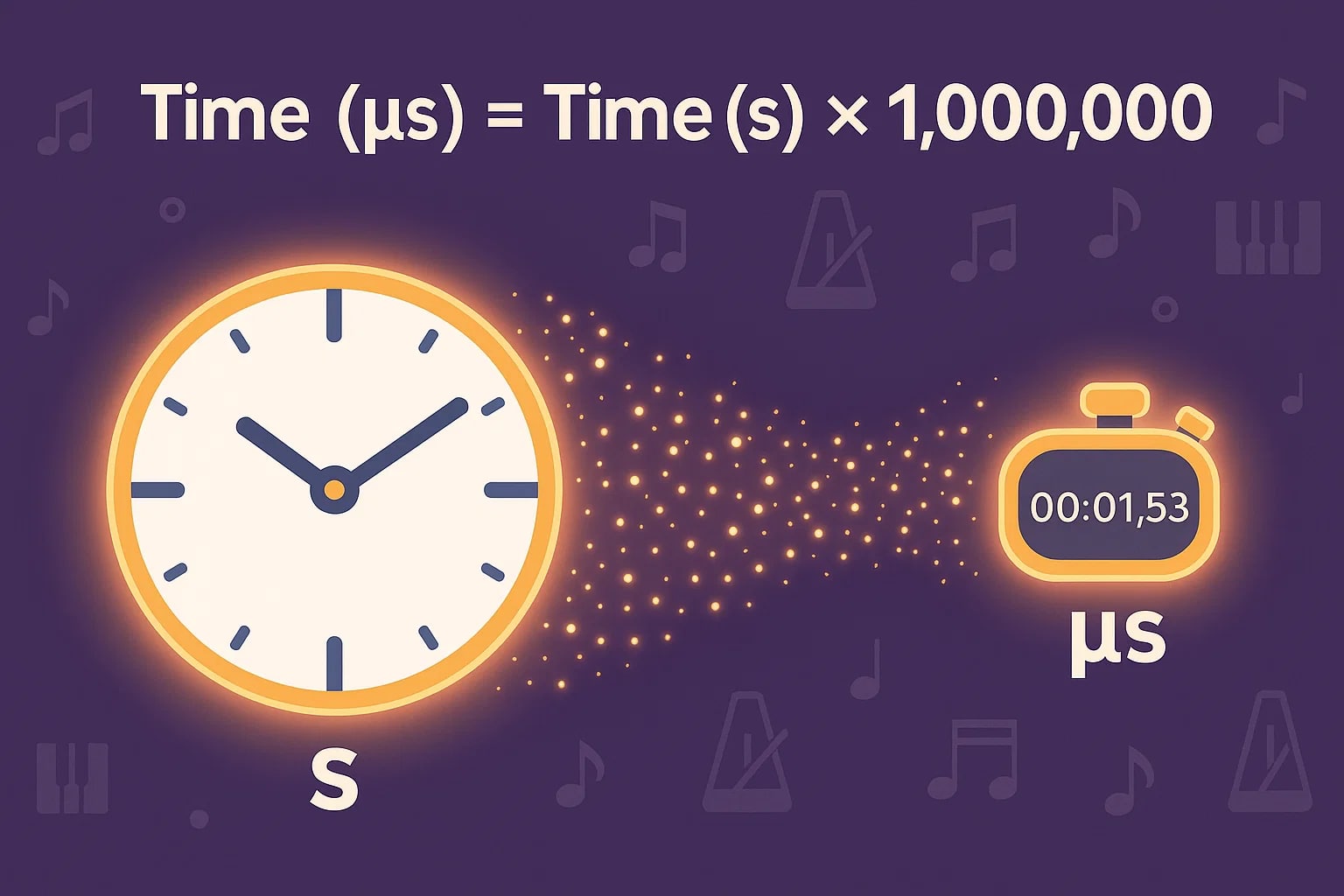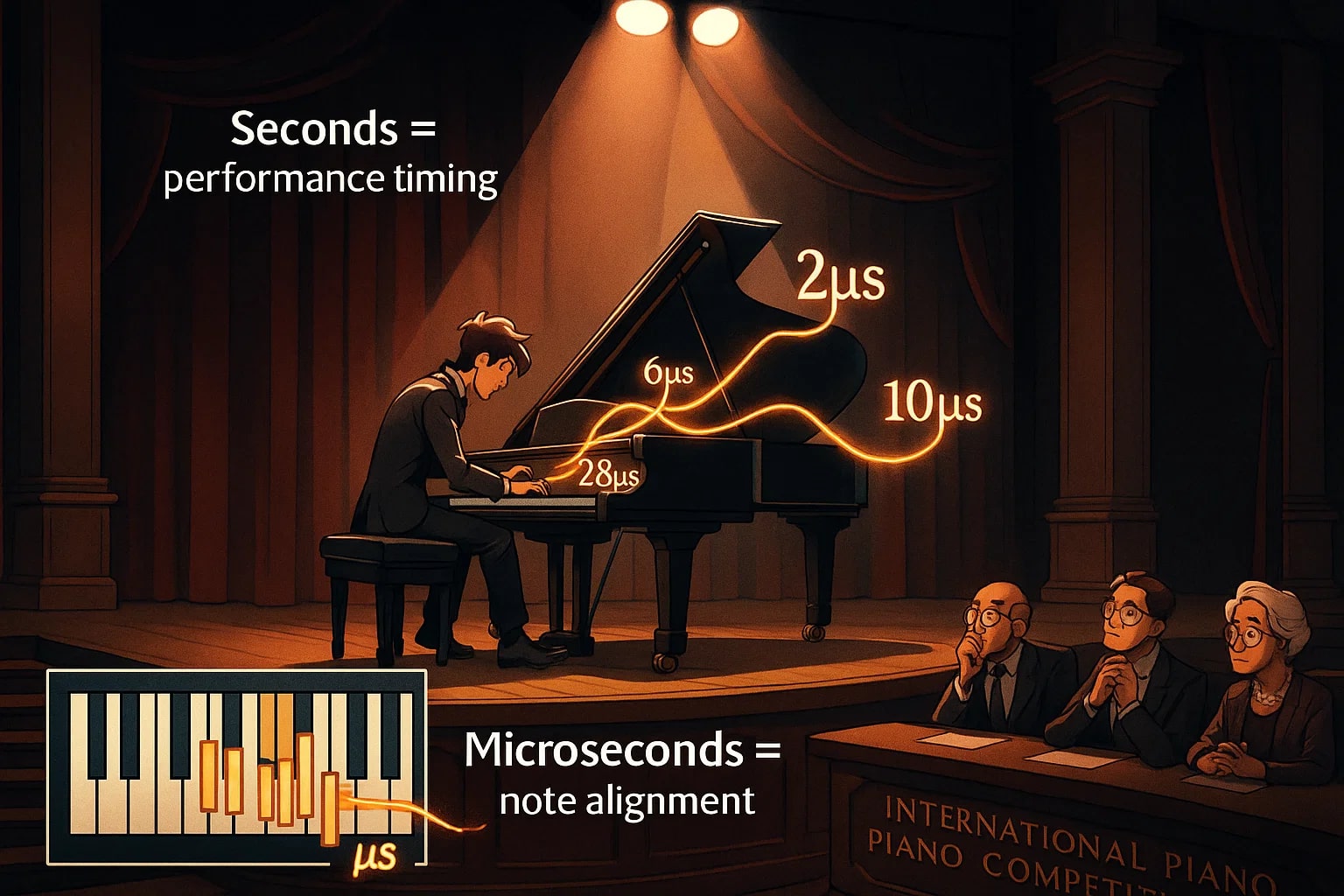second to microsecond - How to convert s to µs
The second to microsecond conversion is straightforward, but it’s a vital bridge between the human-perceivable scale and the high-precision world of engineering, science, and technology. Moving from seconds to microseconds allows professionals to measure and control events that unfold a million times faster than our everyday experiences.
What is a Second (s)?
A second is the SI base unit of time, used universally in daily life and professional fields alike. From timing a speech to tracking spacecraft trajectories, seconds are the standard reference. One second equals 1,000,000 microseconds.
What is a Microsecond (µs)?
A microsecond is 1⁄1,000,000 of a second — a millionth of a second. In this tiny window, light travels roughly 300 meters, and the human brain can’t consciously register changes that small. This unit is common in high-speed electronics, acoustic engineering, and scientific testing.
How to convert second to microsecond
To convert s to µs, multiply the number of seconds by 1,000,000.
Time (µs) = Time (s) × 1,000,000
Example:
4 s × 1,000,000 = 4,000,000 µs
That means every 1 second equals 1,000,000 microseconds.

You can instantly switch from s to µs and beyond with our Time Converter or explore more possibilities in the Conversion Tools — precise results, anytime you need them.
Do you know?
-
In Olympic swimming, results are announced in seconds, but official finish records are stored in microseconds to break ties.
-
Spacecraft docking takes several seconds, but the final thruster adjustments to align the craft are controlled in microseconds.
-
In professional audio recording, even a 20 µs delay between channels can cause phase shifts noticeable to trained ears.
The Piano Competition — When Seconds Aren’t Enough
In international piano competitions, performances are timed in seconds for the program schedule, but within those seconds, microsecond precision matters.
When two pianists compete, judges often listen for the exact alignment of notes in fast passages. A note played just 50 µs late can slightly blur the harmony when recorded with high-resolution microphones. Modern digital pianos used in competition practice can measure key strikes in microseconds, giving musicians feedback invisible to human perception but vital for technical perfection.

During one high-profile final, the winning pianist’s rendition of a Liszt etude had every rapid-fire note aligned within ±10 µs — an almost mechanical precision that still sounded alive and expressive. It proved that artistry and microsecond timing can coexist beautifully.
Precision Beyond Perception
From rocket thrusters to the delicate timing of a concert pianist’s fingers, converting second to microsecond connects the moments we live in with the moments too fast for us to see. This conversion isn’t just for engineers — it’s the foundation of accuracy in many fields that shape our daily lives.

